What Would a Real Dragon Look Like? Biology of Dragons

Dragons are majestic, fearsome, and legendary creatures of fantasy that have dominated myths and stories for centuries. From epic tales to blockbuster movies like the upcoming live-action How to Train Your Dragon, dragons have become iconic symbols. But were dragons ever real?
The truth is, there is no scientific evidence that dragons, as depicted in myth and popular culture, ever existed. However, strikingly similar creatures did exist; something dragon-like once walked the Earth.
Today, we are diving deep into the evolution of dragon-like creatures by exploring the science from the paper “Flying Reptiles.” [1].
The Real Dragons of Earth
The evolution of flight in reptiles remains a mystery. Scientists suggest it may have been driven by the need to catch insects, escape predators, or travel large distances [1]. The paper speculates that the flight membranes (thin layers of skin stretched between limbs) may have initially evolved as display structures [1], similar to the frills on modern-day frill-necked lizards.
While some lizards today are capable of gliding, only one group of reptiles achieved true powered flight: pterosaurs [1]. These animals, often called pterodactyls, thrived during the Triassic, Jurassic, and Cretaceous periods, dominating the skies for millions of years [1].
Giants of the Sky
The first pterosaur fossil was discovered in Germany in 1784 and was initially mistaken for a sea creature [1]. However, scientists soon recognised it as a reptile [1].
One of the more iconic pterosaurs, the Pteranodon, had a wingspan of 6 metres [1], which is taller than the average adult Giraffe. However, the largest of all was Quetzalcoatlus, with an average wingspan of 9 metres and potentially reaching 11 metres [1], which is as long as 4-5 queen-sized beds. This made it the largest known flying animal in history [1].
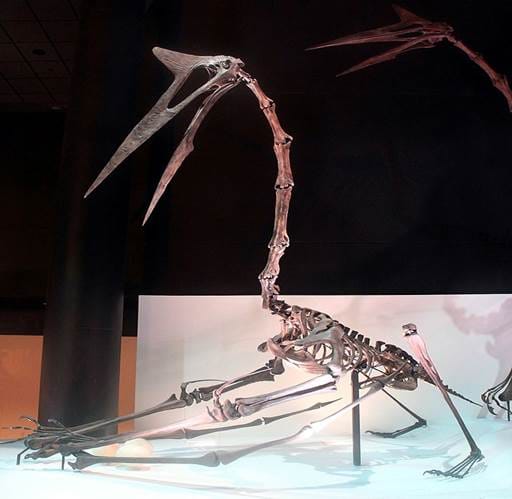
Built for Flying
Pterosaurs evolved specifically for flight. Their skeletons were lightweight and filled with air sacs, a feature they shared with birds [1]. This made them both strong and agile [1].
Their skulls varied greatly in size and structure, but most shared long, slender jaws and large eye sockets, hinting at excellent vision [1]. Some species even had fang-like or petal-shaped teeth adapted for different types of prey [1], just like the terrifying dragons we see in pop culture.
Walking like Dragons
Fossilised footprints indicated that pterosaurs walked on all fours, using not only their two hind legs but also the claws on their wings [1]. Some, like Nyctosaurus, had claws on their wings, which may have been used for walking, climbing, or even grooming [1], much like how dragons are depicted in popular media, such as Smaug from The Hobbit and the Monstrous Nightmare from How to Train Your Dragon.
More Than Just Leather and Bone
While traditionally depicted as leathery and smooth animals, fossils suggest that pterosaurs may have been covered in bristle-like hair, possibly for insulation [1]. Some also had throat pouches (like pelicans), webbed toes, and scales on their feet [1]. Certain species were beaked, and many had elaborate head crests, which may have been used for display, maintaining body temperature, or even aerodynamics for flight [1]. Some even had hundreds of teeth or were toothless, just like a very loved and iconic dragon.
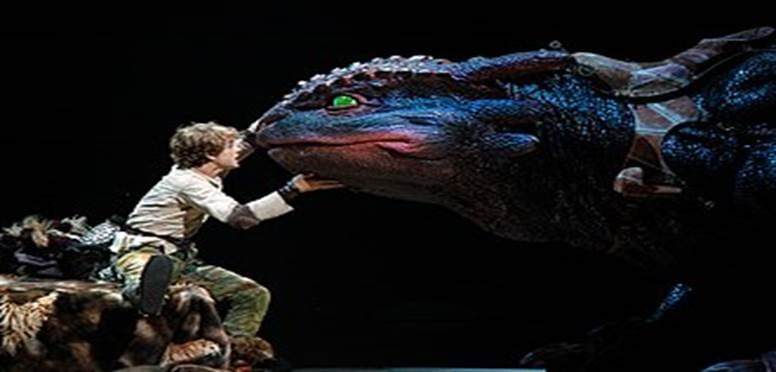
These crests were most likely used for sexual displays to attract mates but also as a way to differentiate the two sexes, with larger crests for males and shorter crests for females.
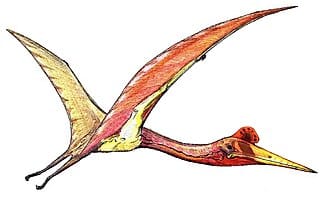
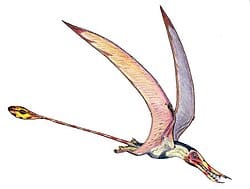
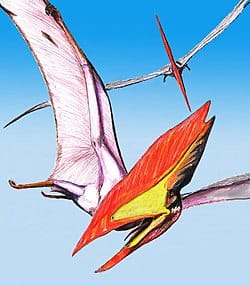
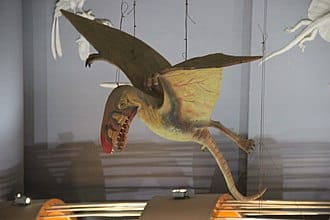
Despite all these glaring similarities between dragons and their real-world counterparts, there is still one key difference: fire-breathing. No evidence exists of any animal ever possessing the ability to exhale fire. The closest we have is the bombardier beetle, which sprays boiling chemicals as a defence mechanism. While still impressive, it is far away from the blazing flames of Drogon and Stormfly.
From our scientific understanding, the idea of fire-breathing may not be possible. All living things are made of organic materials, which are highly flammable; thus, they would need to create a controlled flame, which, at present, is unheard of.
We Can Only Dream
While fire-breathing dragons remain fantasy, pterosaurs were remarkably dragon-like. With wingspans that rival small aircraft and sharp-clawed limbs for walking and climbing [1], these prehistoric reptiles soared through the skies long before humans ever imagined dragons. So even though we had something so dragon-like in the past, for now, dragons like Toothless remain flights of imagination, beautiful and bound to fantasy.
Want to Learn More?
Check out our article “How the Legend of Dragons Began” and subscribe or become a member to get the latest content delivered to you throughout the week.
References
Reference paper “Flying Reptiles”
1. Rieppel, O., Sander, P.M. and Storrs, G.W., 2005. Flying Reptiles. Geology, 28, pp.1-85.
